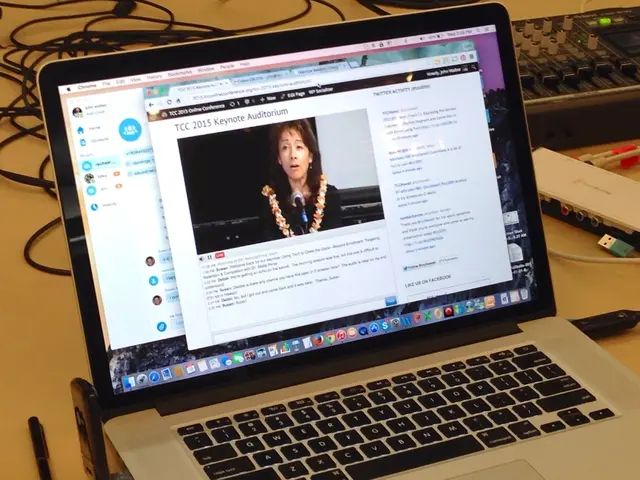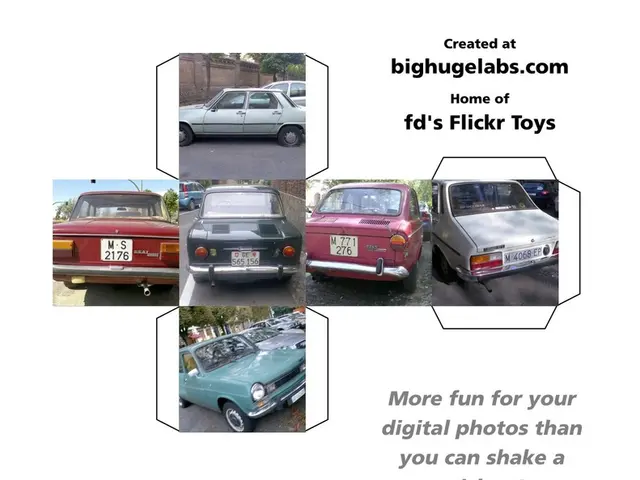Decoding Frame-by-Frame Labeling in Artificial Intelligence
In the realm of machine learning, frame-by-frame video annotation plays a crucial role in training models to understand not just the static elements of videos but how they evolve and change over time. This meticulous process is particularly beneficial for tasks that require precise understanding of motion, timing, and detailed changes through consecutive video frames.
Unlike traditional image annotation, frame-by-frame annotation involves labeling every frame in a video. This allows machine learning models to learn object movement over time, providing them with the essential data needed to understand chronological action recognition and respond in real-time.
Frame-by-frame annotation can be time-consuming, taking longer than image annotation. However, its benefits outweigh the time investment, especially when it comes to tasks that depend on motion or sequence. For instance, in the autonomous driving industry, tracking vehicles, lanes, pedestrians, and traffic signs frame by frame is crucial for training self-driving car models to react accurately in real-time.
Other common use cases include security and surveillance systems, where monitoring and tracking people or objects continuously across frames helps understand behaviour and detect suspicious activities. In sports analytics, frame-by-frame detail is used to break down player movements and actions in videos for performance analysis and strategy development.
The fitness and physical therapy sectors also leverage frame-by-frame annotation to analyse body posture and movements precisely across every frame, helping guide exercises or assess rehabilitation progress. In robotics, annotating object locations and movement through frames enhances obstacle avoidance and interaction.
Retail analytics also benefits from frame-by-frame annotation, as understanding customer movement patterns in stores by tracking their paths frame by frame can optimise layout and improve customer experience. Additionally, frame-by-frame annotation is useful for tasks such as gesture recognition and facial analysis, where keypoint and landmark annotations are used to capture detailed body joints, facial features, or hand gestures frame by frame.
To ensure high-quality results, it's essential to approach frame-by-frame annotation with a repeatable process, clear goals, the right format, short video clips, tool shortcuts, and thorough checking of work. When labelling at scale, quality control can be maintained by using multiple annotators for complex tasks, reviewing a sample batch regularly, creating clear label guides, and tracking changes to ensure mistakes can be traced and fixed.
Whether handled in-house or outsourced, doing frame-by-frame annotation right makes your machine learning models smarter and more reliable. Popular tools like CVAT, Supervisely, and V7 offer features to speed up manual labeling, including copying labels between frames, hotkey customization, and object tracking.
In conclusion, frame-by-frame video annotation is a vital component in training video-based AI models. Its ability to provide the data needed for understanding motion, timing, and behaviour makes it indispensable for industries such as autonomous driving, security, sports analytics, fitness, retail, and robotics.
Data-and-cloud-computing technologies are essential for handling the large volumes of data generated during frame-by-frame video annotation, as this process requires efficient storage and processing capabilities.
The accuracy and effectiveness of machine learning models in tasks such as motion recognition, behavior analysis, and gesture recognition are heavily dependent on the quality of the frame-by-frame annotation data, underscoring the critical role technology plays in this process.








